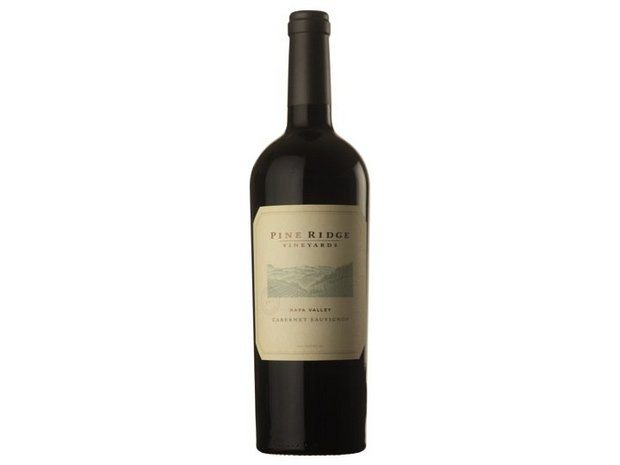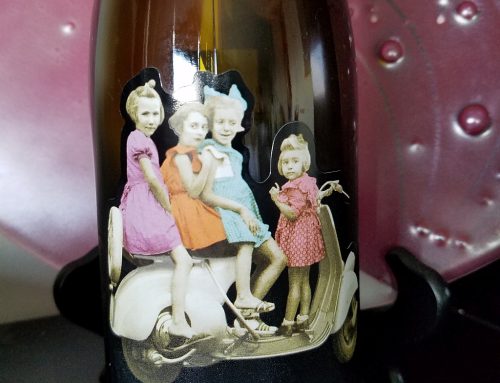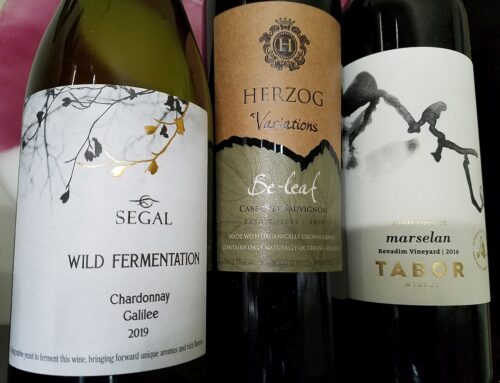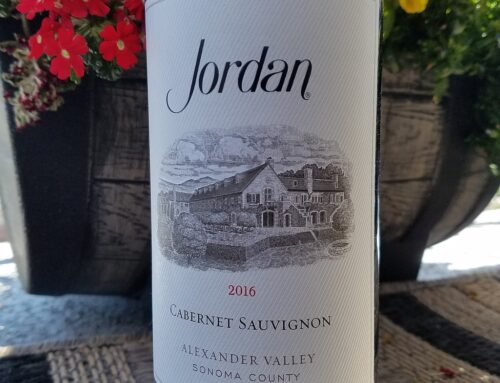The wine world is a never-ending dance with new wines, wineries, winemakers and owners. Staying current is a constant challenge, which is why I met with Pine Ridge’s winemaker, Michael Beaulac.
In 1978, Gary Andrus founded Pine Ridge in what is now Napa Valley’s Stags Leap District. I first visited the area in the late 1970s and met Andrus during the 1980s. In 1990, I spent two days in the Stags Leap District tasting cabernet sauvignons from 10 wineries, including Pine Ridge’s 1981 to 1988. I rated them highly.
In 1993, Andrus departed Pine Ridge for Oregon and opened the highly acclaimed Archery Summit winery, which specialized in pinot noir. He sold his interest in both wineries in 2001; he died in 2009.
Beaulac was the winemaker at Napa Valley’s Markham and St. Supery wineries before joining Pine Ridge in 2009. At our dinner, he presented a surprisingly delightful white wine and four cabernet sauvignons.
We started with the good-value 2012 Pine Ridge Chenin Blanc-Viognier, which was new to me. Beaulac combined 80 percent chenin blanc with 20 percent viognier, a grape maligned by California winemakers who infuse it with oak barrel flavors.
Beaulac respected viognier’s natural floral and pronounced fruit flavors by using only stainless-steel tanks for fermentation and aging, and applied the same method to the chenin blanc. The blend created enticing white peach, nectarine and jasmine scents, and the grapefruit and pineapple flavors made the 2012 Pine Ridge Chenin Blanc-Viognier a palate stimulator for the cabernet sauvignons. Retail is about $13.
We began with the 2010 Pine Ridge Napa Valley Cabernet Sauvignon. Stags Leap District and Rutherford vineyards provide the bulk of the grapes; 91 percent are cabernet sauvignon, the balance equally divided between cabernet franc, merlot and malbec. Its red fruit aromas merge with the black fruit flavors, and the soft tannins provide a velvety texture. It finishes with a very pleasing dark chocolate and coffee-like taste that is modern and not excessive. Retail is about $49.
Our second glass was the pure 2009 Pine Ridge Stags Leap District Cabernet Sauvignon. Its full throttle black fruit, and black tea aromas and flavors made it noticeably different from the Napa Valley wine. A luxurious texture, rich, mouth-filling black fruit, integrated tannins and full body make it a classic Stags Leap District wine. Retail is about $79.
After the first two cabernets, the stony, mineral character of the 2009 Pine Ridge Howell Mountain Cabernet Sauvignon shows Napa wines are not all plushness.
Howell Mountain vineyards are planted in volcanic, rocky soils. As the roots absorb water and nutrients, the soil’s mineral content is funneled to the grapes, and in turn, the wine.
The 2009 Pine Ridge Howell Mountain Cabernet Sauvignon is a pure varietal wine. Ripe blackberry fruit provides appealing aroma and flavor, and aging the wine in 50 percent new French oak barrels deposit an undertone of vanilla and coffee scent and taste. This is a very attractive, complex wine.
Our last wine was the 2009 Fortis Napa Valley Cabernet Sauvignon, which Pine Ridge describes as an ultra reserve. It was not my cup of tea. I am not attracted to exaggerated, overripe, extracted wine. If you like that jammy, black fruit marmalade wine style containing vanilla, coffee and dark chocolate mousse aromas and flavors, then the 2009 Fortis Cabernet Sauvignon is waiting for you.
The prior three Pine Ridge cabernet sauvignons reflect their origins. The 2009 Fortis is a style without a pedigree. It retails for about $150.







Leave A Comment